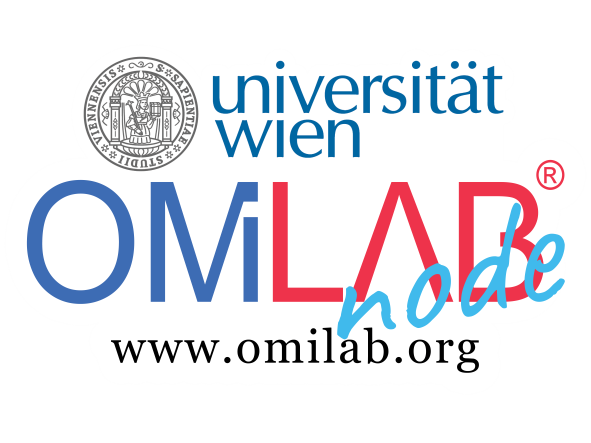Use Case
Our experiment is set in a near-future scenario, where full self-driving is theoretically available, but not necessary. The user shall have the option to choose whether or not they want to drive manually or be transported via the vehicle’s intelligent self-driving capabilities. The user can also manually intervene in the self-driving process at any moment should he/she so desire.
When we talk about CPS (Cyber-Physical Systems) we refer to the IEEE definition of these systems which are determined as following:
Cyber-Physical Systems (CPS) are integrations of computation and physical processes. Embedded computers and networks monitor and control the physical processes, usually with feedback loops where physical processes affect computations and vice versa.
(Lee, 2008, p. 363)
Coming back to our use-case, the CPS should calculate an appropriate offer depending on the environmental conditions. As stated previously, the system will charge a premium for desired benefits during the given time (cabriolet, air conditioning, etc.). Due to insurance considerations there will be another premium that the user has to pay, if he/she wishes to drive the CPS manually.
Experiment
First and foremost, we want to empirically prove that our considerations and implementations work and lead to a desired outcome in a fixed setup.
Our CPS (a mBot classic) will prompt the user with a choice of the driving mode, which is either a manual mode, in which the user can navigate the CPS by means of a joystick that is attached to the mBot (entered by pressing joystick forward or left), or an automatic self-driving mode (entered by pressing the joystick backwards or right), where a predefined sequence of movements is performed to navigate on tracks. Afterwards, the CPS will propose a price offer depending on the (randomly injected) features of the simulated vehicle (e.g. cabriolet, air conditioning) and the environmental conditions measured by a temperature & humidity sensor attached to the CPS. Attractive features that suit the current environmental conditions will be priced at a premium. The user can accept or decline the offer via a prompt in the Bee-Up-model.
We let the mBot drive a round on these tracks and end the sequence when it successfully completes one round. Our main considerations are upon the choice-mechanism as we are using the joystick for driving-mode selection.
Results
In our limited scope experiment, we would argue that we successfully accomplished the challenges we imposed and outlined in this paper. The user interaction by means of joystick input works as designed and provides the userwith a simple and reliable way to interact with the CPS. The CPS executes subsequent tasks in an automated manner. Furthermore, we managed to implement and improve the joystick functionality in an iterative way, so that even precise movements in all directions can be performed. Although the experiment is highly limited to the given track-layout and the corresponding automatic (self-diving) mode, it was not the main objective of this endeavor.

